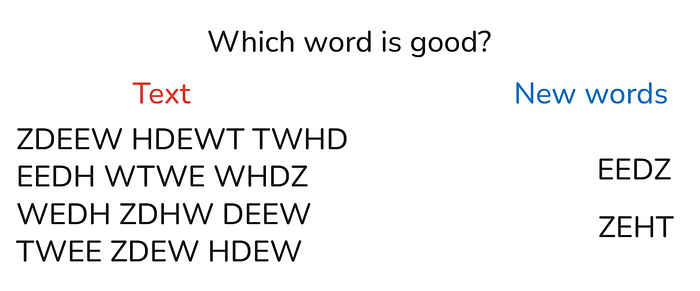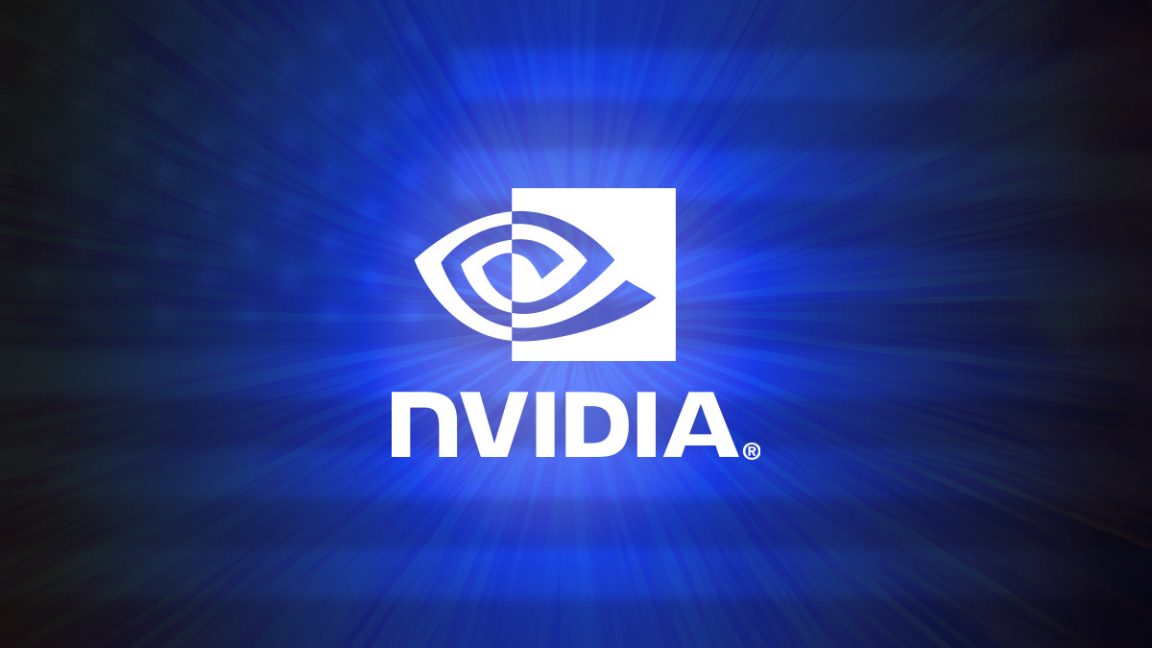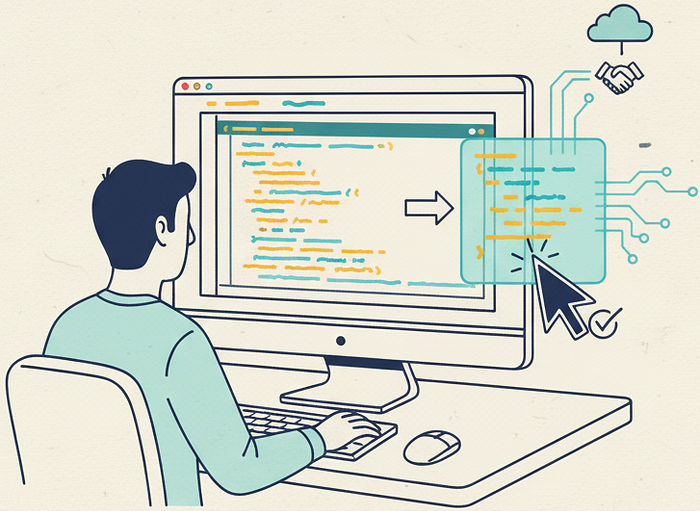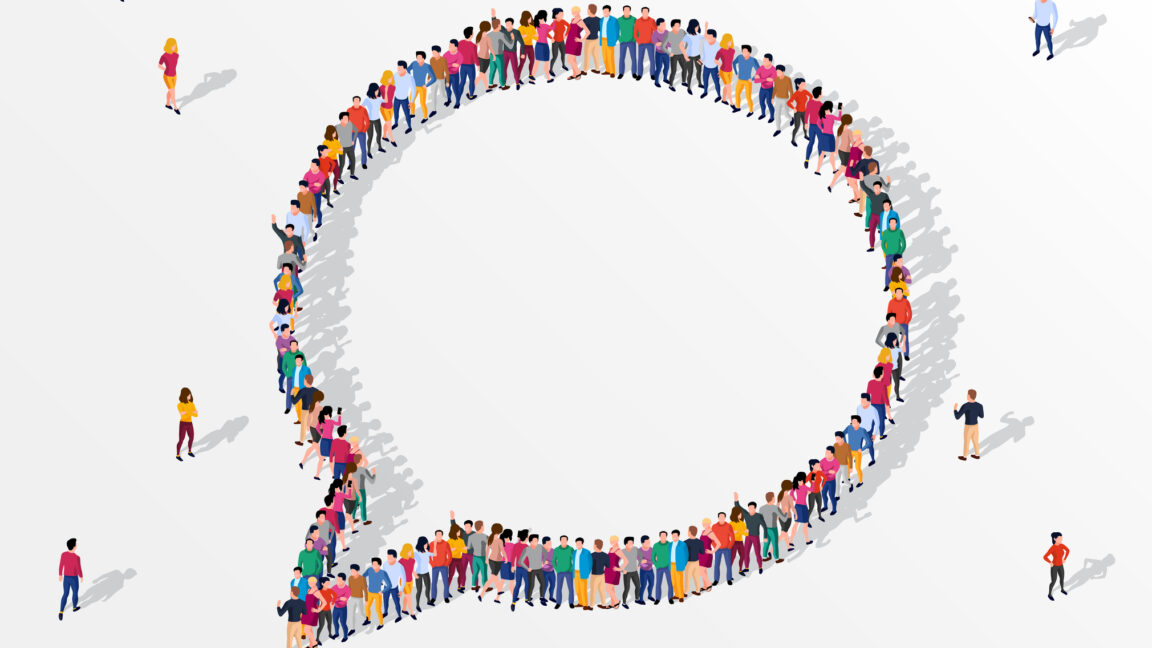Introduction to OpenAI’s Big Bet on India
OpenAI is making its biggest bet on India yet by offering free year-long access to ChatGPT Go, starting November 4. This move puts every marketing executive on notice about how aggressively AI companies are fighting for the world’s fastest-growing digital market. The company will offer its ChatGPT Go plan to users in India who sign up during a limited promotional period. For those tracking ad spend, customer acquisition costs, and market share battles, this isn’t charity — it’s calculated warfare in a market where the prize is 1.4 billion potential users.
The US$17 Billion Prize
India’s AI market is expected to triple in value to US$17 billion by 2027, according to a Boston Consulting Group white paper. The country is OpenAI’s second-largest market and one of its fastest-growing, prompting the company to establish a New Delhi office in August and build a local team. The competitive context makes this offer significant, as it follows similar strategies by Perplexity and Google, which both provided free access to premium AI features in India recently to attract users.
Battle Lines Drawn
The numbers tell the story. In the second quarter of 2025, Perplexity’s downloads in India surged 600% year-on-year to 2.8 million, while OpenAI’s ChatGPT saw a 587% increase, reaching 46.7 million downloads. However, ChatGPT maintains a significant lead in absolute numbers, with 19.8 million monthly active users, versus 3.7 million for Perplexity. The ChatGPT Go programme answers an insight from the market, as it was developed following user feedback calling for more affordable access to ChatGPT’s advanced features.
What Marketers Should Know
ChatGPT Go delivers substantial value, including higher message limits, more image generation, longer memory, and the ability to upload more files and images. At the standard pricing of less than US$5 per month, the 12-month giveaway represents a serious customer acquisition investment. Nick Turley, Vice President and Head of ChatGPT, stated: “Since initially launching ChatGPT Go in India a few months ago, the adoption and creativity we’ve seen from our users has been inspiring. Ahead of our first DevDay Exchange event in India, we’re making ChatGPT Go freely available for a year to help more people across India easily access and benefit from advanced AI”.
The Distribution Playbook
India has over 700 million smartphone users and more than a billion internet subscribers, creating unprecedented scale for digital products. Unlike competitors relying on telecom partnerships, OpenAI’s direct-to-consumer approach builds first-party relationships with users – a valuable asset for long-term monetisation. Professor Payal Arora of Utrecht University said that India serves as a “high-pressure testing ground,” and a source of training data sets. Training AI on vast Indian data sets pushes models to handle linguistic diversity, low-resource contexts, and noisy real-world data, something that makes them more robust, globally.
Three Marketing Lessons
The initiative offers clear takeaways for marketing professionals. First, OpenAI is sacrificing short-term revenue for market position – a classic land-grab in winner-take-most digital markets. Secondly, synchronising the offer with DevDay Exchange creates compound marketing value through ecosystem momentum. Thirdly, extending benefits to existing subscribers demonstrates a sophisticated understanding of customer lifetime value. OpenAI positioned the promotion as “a continuation of OpenAI’s ‘Indiafirst’ commitment and supports the IndiaAI Mission, reinforcing the growing momentum around AI in India as the country prepares to host the AI Impact Summit next year” – a strategic alignment with national priorities that strengthens the company’s geopolitical positioning.
The Monetisation Challenge
Monetising India’s large user base remains challenging, with consumers notoriously price-sensitive. Yet the scale opportunity is enormous. Converting even a small fraction of free users to paid subscribers after the promotional period could justify the acquisition cost through lifetime value, particularly as AI embeds itself deeper into professional workflows.
What This Means
OpenAI’s announcement signals that AI platform wars have entered a decisive phase where user acquisition at scale trumps immediate monetisation. For marketing professionals, the lesson is clear: in transformative technology markets, aggressive distribution and ecosystem building matter more than traditional margin optimisation. As AI capabilities commoditise, winners will be determined by who captures user habits and builds the strongest network effects first.
Conclusion
In conclusion, OpenAI’s big bet on India is a strategic move to capture the country’s large and growing digital market. By offering free year-long access to ChatGPT Go, the company is sacrificing short-term revenue for market position and long-term monetisation opportunities. The move is expected to have significant implications for the AI market in India and globally, and marketing professionals can learn valuable lessons from OpenAI’s aggressive distribution and ecosystem building strategies.
FAQs
Q: What is ChatGPT Go, and what features does it offer?
A: ChatGPT Go is a plan that provides higher message limits, more image generation, longer memory, and the ability to upload more files and images.
Q: Why is OpenAI offering free year-long access to ChatGPT Go in India?
A: OpenAI is offering free year-long access to ChatGPT Go in India to capture the country’s large and growing digital market and to build a strong user base.
Q: What are the implications of OpenAI’s big bet on India for the AI market?
A: The implications are significant, as OpenAI’s move is expected to have a major impact on the AI market in India and globally, and will likely influence the strategies of other AI companies.
Q: What can marketing professionals learn from OpenAI’s strategies?
A: Marketing professionals can learn the importance of aggressive distribution and ecosystem building in transformative technology markets, and the need to prioritize user acquisition and long-term monetisation over short-term revenue.











